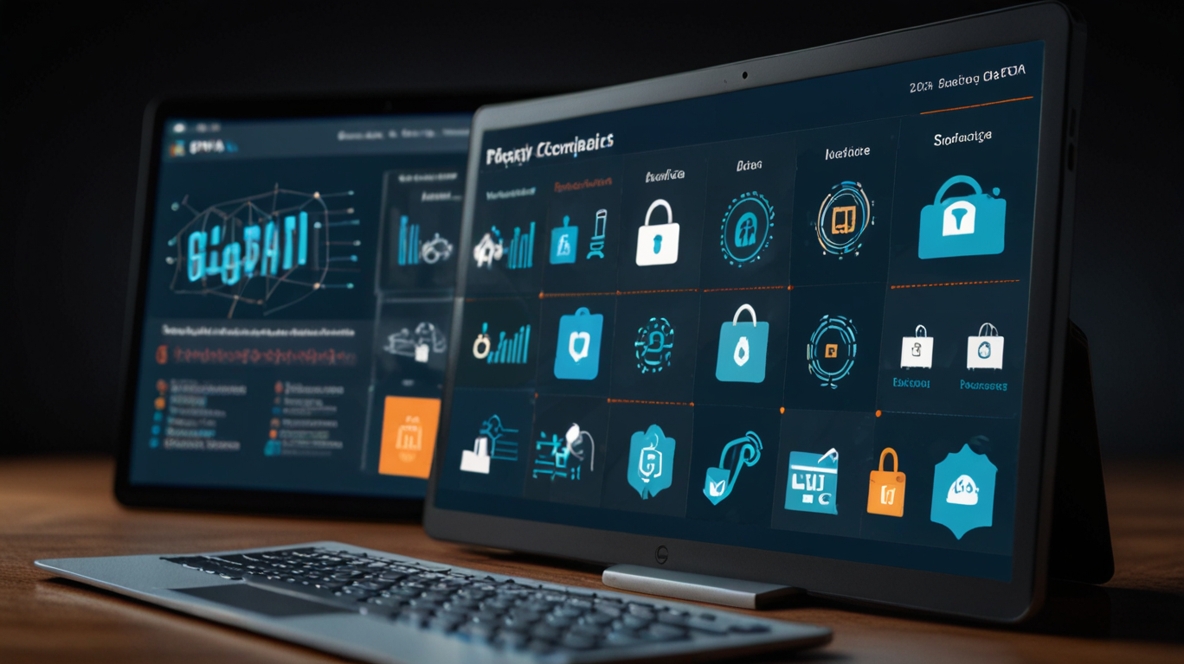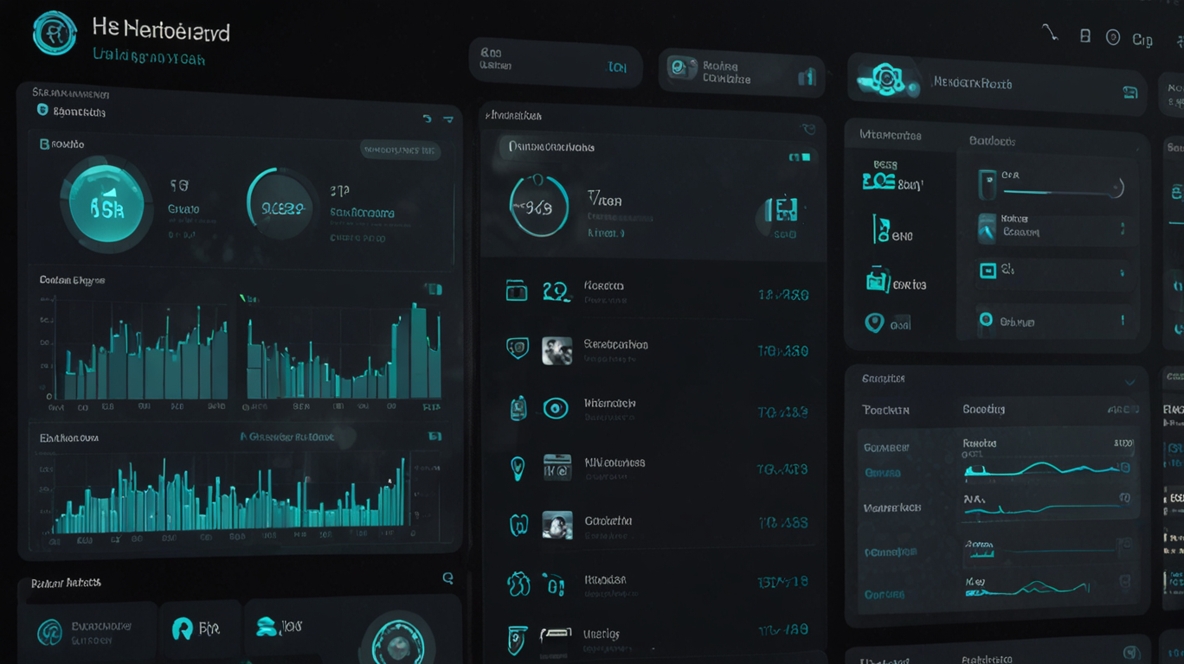
In an age where every visitor interaction generates digital data, organizations face growing pressure to ensure that privacy remains a top priority. From corporate offices and residential complexes to healthcare institutions and government buildings, visitor management systems now serve as vital touchpoints that collect sensitive information such as names, phone numbers, and identification details. As digital visitor logs replace manual sign-in sheets, the risk of data breaches and unauthorized access has risen significantly. This shift highlights the need for platforms that not only streamline check-ins but also safeguard personal data through encrypted, compliant frameworks.
Businesses must recognize that data privacy extends beyond legal obligation—it is a cornerstone of building trust and maintaining brand reputation. When visitors see that their information is being handled securely, they are more likely to engage confidently with the organization. Implementing a transparent privacy policy, supported by robust cybersecurity measures, helps assure visitors that their details will never be misused or exposed. In turn, this strengthens both customer loyalty and compliance with global data protection laws.
Moreover, privacy breaches can lead to severe consequences, including financial penalties, legal action, and damage to public trust. To mitigate these risks, businesses must integrate secure visitor management platforms designed with data protection by default. These systems employ features like end-to-end encryption, two-factor authentication, and limited access permissions to ensure that only authorized personnel can view sensitive data.
Key Compliance Standards That Govern Visitor Data Protection

Compliance with global and regional data protection standards forms the foundation of responsible visitor data management. Regulations such as the General Data Protection Regulation (GDPR) in Europe, California Consumer Privacy Act (CCPA) in the U.S., and Personal Data Protection Act (PDPA) in Asia dictate how organizations must collect, store, and process personal information. These laws mandate transparency, consent, and accountability at every stage of data handling. For companies using digital visitor platforms, adherence to these standards is not optional—it is a legal requirement that safeguards both the organization and its visitors.
Each compliance framework outlines distinct obligations that organizations must meet. GDPR, for instance, emphasizes user consent, data minimization, and the right to access or delete personal data. The CCPA focuses on giving consumers control over how their data is shared, while PDPA prioritizes secure data storage and disclosure limitations. A truly compliant digital platform must be flexible enough to accommodate these regional differences while maintaining a global standard of protection.
Failure to comply with these laws can result in severe fines and reputational harm. Organizations must, therefore, implement ongoing compliance audits, employee training, and system updates to stay aligned with evolving privacy requirements. Furthermore, visitor management software should include built-in compliance tools—such as consent checkboxes, automated data deletion, and customizable privacy settings—to simplify adherence and minimize human error.
Core Security Features Every Digital Visitor Platform Should Have

A secure visitor management platform is more than just a digital sign-in tool—it is a comprehensive system designed to protect sensitive data at every step. The most effective solutions incorporate data encryption, multi-layer authentication, access controls, and real-time threat monitoring to ensure airtight security. Encryption transforms visitor data into unreadable code, making it inaccessible even if intercepted by unauthorized parties. Access controls, on the other hand, limit who can view or modify the data, ensuring that only verified staff have permissions aligned with their role.
Authentication mechanisms are another essential component. By integrating biometric verification, one-time passwords, or QR-based digital passes, visitor management systems can prevent unauthorized logins and impersonation attempts. Combining these tools with automated alert systems allows administrators to respond swiftly to potential breaches, further enhancing data integrity.
Equally important are data retention policies. Secure platforms should automatically purge outdated records after a specified period to minimize unnecessary data storage. This not only aligns with privacy regulations but also reduces vulnerability exposure. Together, these security measures create a digital environment where visitor information remains safe, controlled, and compliant.
Balancing User Experience and Privacy Protection

One of the biggest challenges organizations face is balancing user experience with stringent privacy protection. While visitors expect a seamless and fast check-in process, they also demand assurance that their data will remain secure. Achieving this balance requires thoughtful system design—interfaces should be intuitive and efficient, yet built upon robust backend security protocols. A well-designed platform ensures that privacy measures operate silently in the background without hindering the user experience.
Transparent communication is key to achieving user trust. By clearly displaying consent requests, explaining how data is used, and providing options to review or delete personal information, organizations demonstrate respect for privacy. This openness not only enhances compliance but also encourages visitors to engage willingly with digital systems, reducing friction and administrative overhead.
Furthermore, integrating user-friendly technologies such as touchless check-ins, digital QR passes, and mobile self-registration contributes to both safety and convenience. These features minimize physical contact, improve efficiency, and ensure data flows securely within the system. A well-balanced digital visitor management system proves that privacy and user experience can coexist harmoniously without compromise.
The Future of Data Privacy in Digital Visitor Management

As technology continues to advance, the future of visitor data protection will revolve around automation, artificial intelligence, and predictive security. AI-powered visitor management systems are capable of detecting unusual activity patterns, identifying potential threats, and automatically responding to vulnerabilities before they escalate. These innovations mark a shift from reactive to proactive data protection. Organizations adopting such systems will enjoy not only stronger compliance but also enhanced operational efficiency.
Blockchain technology also holds immense promise in securing visitor data. By decentralizing information storage, blockchain ensures that no single entity controls the data, reducing the risk of tampering or unauthorized access. Each visitor record can be stored as an immutable transaction, guaranteeing transparency and traceability. This emerging technology could redefine how digital identity and access control are managed in the coming years.
Ultimately, the future of data privacy lies in continuous adaptation. As cyber threats evolve, so too must the systems designed to counter them. Forward-thinking organizations will invest in research, regular audits, and partnerships with cybersecurity experts to maintain a cutting-edge approach to compliance and data security. The result will be digital platforms that not only meet privacy standards but also set new benchmarks for safety, trust, and innovation.
RELATED POSTS
Why GDPR Compliance Matters in Visitor Management
Understanding GDPR and Its Core Principles The General Data Protection Regulation (GDPR) is one of the most significant data privacy laws established by the European Union to protect the rights of individuals regarding their personal information. It applies not only...

